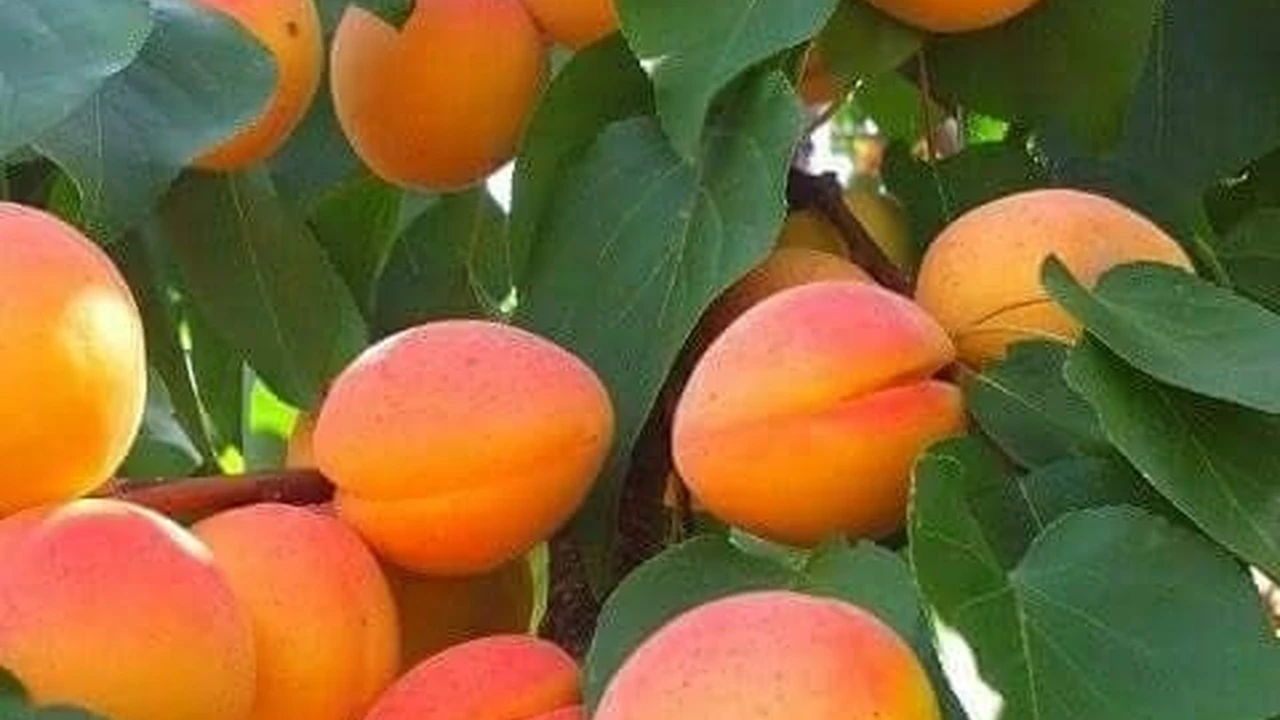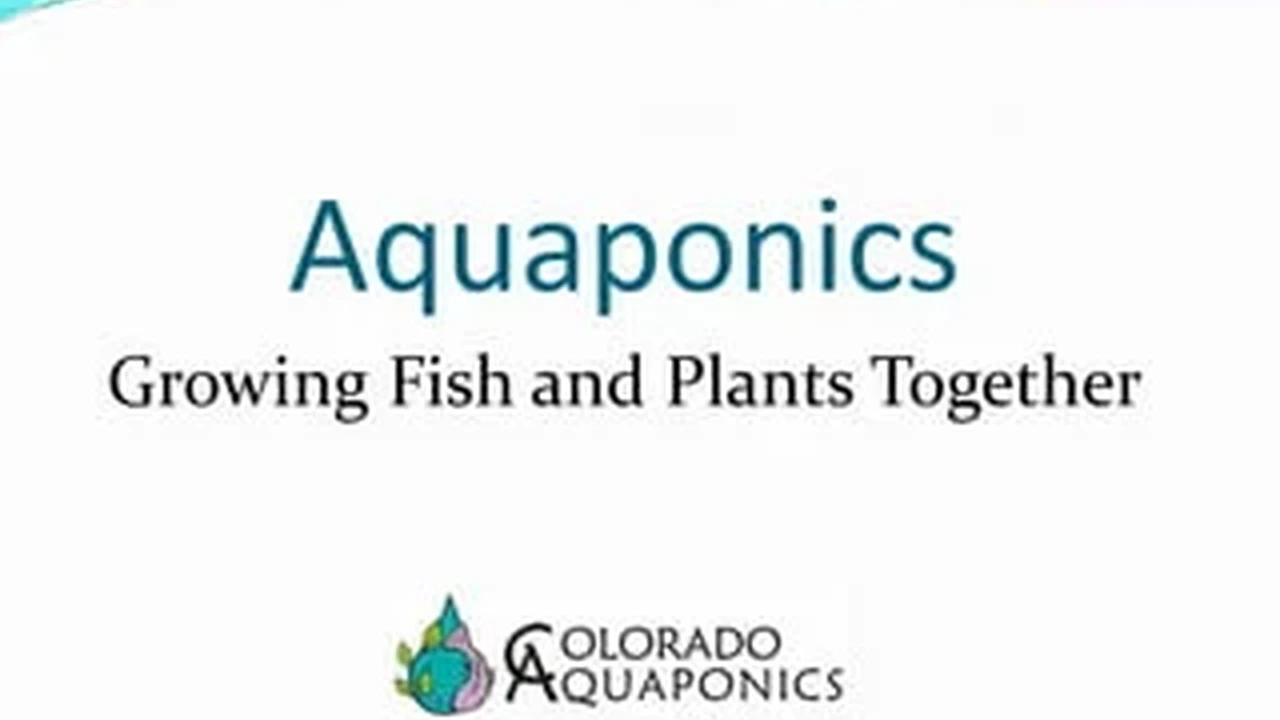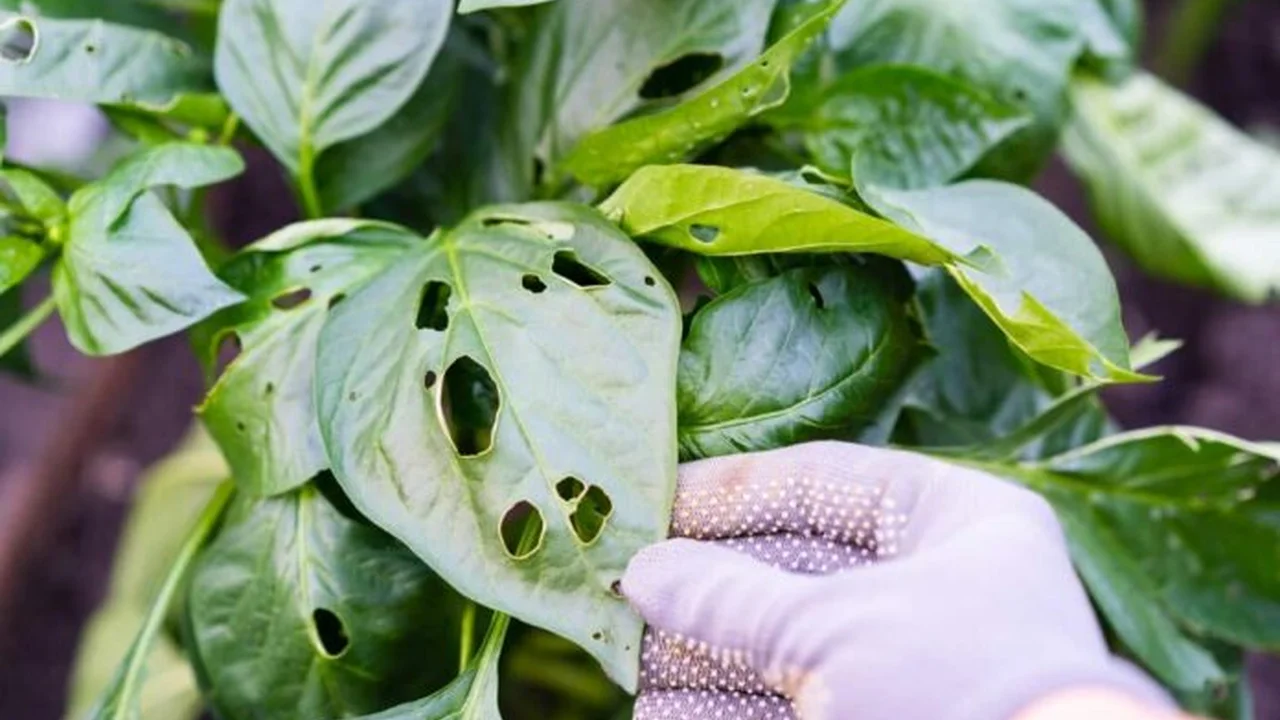Growing Exotic Fruits at Home 3 Unique Choices
Embark on growing exotic fruits at home with these 3 unique choices. Expand your gardening horizons.

Growing Exotic Fruits at Home 3 Unique Choices
Why Grow Exotic Fruits? Expanding Your Culinary and Gardening Horizons
Have you ever walked through a specialty grocery store, marveling at the vibrant colors and intriguing shapes of exotic fruits, only to balk at their exorbitant prices? Or perhaps you've tasted a unique fruit on vacation and wished you could enjoy it more regularly? Growing exotic fruits at home is a fantastic way to expand your culinary repertoire, save money, and embark on a truly rewarding gardening adventure. Beyond the novelty, many exotic fruits are packed with nutrients and offer flavors far beyond what you'll find in your local supermarket. This guide will introduce you to three unique and relatively manageable exotic fruits you can grow right in your own home or garden, complete with practical advice, product recommendations, and comparisons.
Dragon Fruit Hylocereus undatus The Striking Cactus Fruit
Understanding Dragon Fruit Cultivation: From Cuttings to Harvest
Dragon fruit, also known as pitaya, is a visually stunning fruit with a vibrant pink or yellow skin and white or red flesh speckled with tiny black seeds. It's a member of the cactus family, making it surprisingly resilient and relatively easy to grow, especially in warmer climates or indoors. Dragon fruit plants are vining cacti that need support to climb, such as a trellis or sturdy pole. They are nocturnal bloomers, producing large, fragrant flowers that open only for one night, often requiring hand-pollination for fruit set.
Essential Growing Conditions for Dragon Fruit: Light, Soil, and Water
Dragon fruit thrives in full sun, needing at least 6-8 hours of direct sunlight daily. While they are cacti, they do appreciate regular watering, especially during flowering and fruiting periods, but good drainage is crucial to prevent root rot. A well-draining soil mix, ideally a sandy loam with plenty of organic matter, is perfect. For container growing, a mix designed for cacti and succulents, amended with some compost, works well. They prefer warm temperatures and are sensitive to frost, so if you live in a cooler climate, growing them in pots that can be moved indoors during winter is ideal.
Recommended Products for Dragon Fruit Growers: Supports and Fertilizers
- Sturdy Trellis or Support Pole: Dragon fruit vines can grow quite long and heavy. A robust support system is essential.
- Product Recommendation: Gardener's Supply Company Heavy-Duty Steel Trellis (Approx. $70-$120). This trellis offers excellent stability and durability, crucial for supporting mature dragon fruit plants.
- Comparison: Compared to bamboo stakes (cheaper, less durable) or simple wooden posts (can rot), a steel trellis provides long-term, reliable support.
- Usage Scenario: Ideal for outdoor planting where the plant can grow large.
- Balanced Fertilizer: A fertilizer with a balanced NPK ratio (e.g., 8-8-8 or 10-10-10) is good for general growth, switching to a higher phosphorus and potassium fertilizer during flowering.
- Product Recommendation: Jobe's Organics Fruit & Citrus Fertilizer Spikes (Approx. $15-$25 for a pack). These provide slow-release nutrients, reducing the frequency of application.
- Comparison: Liquid fertilizers offer immediate nutrient uptake but require more frequent application. Granular fertilizers are a good middle ground. Spikes are convenient for busy gardeners.
- Usage Scenario: Apply every 2-3 months during the growing season.
- Cactus/Succulent Potting Mix: For container growing, ensuring proper drainage is paramount.
- Product Recommendation: Miracle-Gro Cactus, Palm & Citrus Potting Mix (Approx. $8-$15 per bag). This mix is formulated for excellent drainage.
- Comparison: Regular potting soil retains too much moisture, leading to root rot. Specialty mixes are worth the investment for cacti.
- Usage Scenario: Use when potting or repotting your dragon fruit plant.
Harvesting and Enjoying Your Dragon Fruit: When is it Ripe?
Dragon fruit is ready to harvest when its skin turns a vibrant color (pink, red, or yellow, depending on the variety) and feels slightly soft to the touch, similar to an avocado. The 'wings' or scales on the fruit will also start to shrivel slightly. Gently twist the fruit off the stem. If it doesn't come off easily, it's not quite ready. Enjoy fresh, in smoothies, or as a colorful addition to fruit salads.
Passion Fruit Passiflora edulis The Aromatic Tropical Vine
Cultivating Passion Fruit: A Fast-Growing and Productive Vine
Passion fruit is a vigorous, fast-growing vine known for its intensely aromatic and tangy-sweet pulp. The flowers are incredibly intricate and beautiful, often attracting pollinators. There are several varieties, with the most common being purple (Passiflora edulis) and yellow (Passiflora ediflora flavicarpa). Purple varieties are generally more cold-tolerant and self-pollinating, making them a good choice for beginners.
Ideal Conditions for Passion Fruit: Sun, Support, and Pruning
Passion fruit vines need full sun (at least 6 hours) to produce abundant fruit. They are climbers and require a strong trellis, fence, or arbor for support. Good air circulation is also important to prevent fungal diseases. They prefer well-draining soil that is rich in organic matter. Regular watering is essential, especially during dry periods and when the plant is flowering and fruiting. Pruning is crucial for managing growth and encouraging fruit production; prune after fruiting to remove old, unproductive wood and encourage new growth.
Recommended Products for Passion Fruit Growers: Trellises and Fertilizers
- Heavy-Duty Garden Trellis Netting: For extensive climbing, netting provides ample support.
- Product Recommendation: VIVOSUN Heavy-Duty Polyester Plant Trellis Netting (Approx. $10-$20 for a large roll). This netting is strong, reusable, and easy to install.
- Comparison: While metal trellises are sturdy, netting allows the vine to spread more naturally and can be more cost-effective for large areas.
- Usage Scenario: Ideal for covering fences, walls, or creating a passion fruit arbor.
- High-Potassium Fertilizer: To encourage flowering and fruiting.
- Product Recommendation: Espoma Organic Fruit & Berry Food (Approx. $15-$25 per bag). This organic fertilizer has a good NPK ratio for fruiting plants and includes beneficial microbes.
- Comparison: Chemical fertilizers offer quick results but organic options improve soil health long-term.
- Usage Scenario: Apply every 4-6 weeks during the growing season, especially when flowers appear.
- Pruning Shears: Essential for maintaining vine health and productivity.
- Product Recommendation: Fiskars Bypass Pruning Shears (Approx. $20-$35). Known for their sharpness and ergonomic design.
- Comparison: Anvil pruners are better for dead wood, but bypass pruners make cleaner cuts on live stems, which is better for plant health.
- Usage Scenario: Use for regular maintenance pruning and shaping the vine.
Harvesting and Enjoying Your Passion Fruit: Wrinkles are Good!
Passion fruit is ready to harvest when the fruit changes color (from green to purple or yellow) and often wrinkles slightly. A wrinkled passion fruit indicates ripeness and a sweeter flavor. They will also often drop from the vine when fully ripe. Collect fallen fruits daily. To enjoy, simply cut in half and scoop out the pulp and seeds. It's delicious fresh, in juices, desserts, or as a topping for yogurt and ice cream.
Finger Lime Citrus australasica The Caviar of Citrus
Growing Finger Limes: A Unique and Gourmet Citrus
Finger lime, often called 'citrus caviar,' is a truly unique and gourmet fruit. Native to Australia, it produces elongated, finger-shaped fruits filled with tiny, bursting vesicles that resemble caviar. These 'pearls' offer a zesty, tangy burst of flavor, perfect for garnishing seafood, cocktails, and desserts. While it's a citrus, its growth habit and care are slightly different from traditional lemons or oranges.
Environmental Needs for Finger Limes: Protection and Patience
Finger limes prefer a warm, subtropical climate but can tolerate some cooler temperatures than other citrus. They can be grown in containers in colder regions, allowing them to be moved indoors during winter. They need full sun and well-draining, slightly acidic soil. They are relatively slow-growing compared to other citrus and can take a few years to produce fruit, so patience is key. Protect them from strong winds and frost.
Recommended Products for Finger Lime Growers: Citrus-Specific Care
- Large Container with Drainage Holes: For container growing, size matters for root development.
- Product Recommendation: Smart Pots Fabric Grow Bags (15-20 Gallon) (Approx. $10-$20 per bag). These fabric pots promote air pruning of roots, preventing circling and encouraging healthier root systems.
- Comparison: Traditional plastic or terracotta pots can lead to root bound plants. Fabric pots offer superior aeration and drainage.
- Usage Scenario: Ideal for growing finger limes in climates where they need to be moved indoors.
- Citrus-Specific Fertilizer: Formulated for the unique needs of citrus plants.
- Product Recommendation: Jobe's Organics Citrus & Fruit Granular Fertilizer (Approx. $15-$25 per bag). This provides the specific micronutrients citrus plants need, like iron and zinc.
- Comparison: General-purpose fertilizers may not provide the optimal balance of nutrients for citrus, potentially leading to deficiencies.
- Usage Scenario: Apply every 6-8 weeks during the growing season.
- Horticultural Oil or Neem Oil: For pest prevention, common with citrus.
- Product Recommendation: Bonide All Seasons Horticultural & Dormant Spray Oil (Approx. $15-$25). Effective against common citrus pests like scale and aphids.
- Comparison: Chemical pesticides can be harsh; horticultural oils are a more natural and safer alternative for edible plants.
- Usage Scenario: Apply preventatively or at the first sign of pests, following label instructions.
Harvesting and Enjoying Your Finger Limes: The Citrus Caviar Experience
Finger limes are ready to harvest when they reach their full size (typically 2-4 inches long) and the skin feels firm. The color will vary by variety, from green to black or reddish. Gently twist them off the branch. To extract the 'caviar,' simply cut the fruit in half or slice off the end and squeeze. The tiny vesicles will pop out. Use them to add a unique texture and tangy flavor to seafood, salads, cocktails, or even desserts. They store well in the refrigerator for several weeks.
General Tips for Growing Exotic Fruits: Patience and Observation
Understanding Your Plant's Needs: Light, Water, and Nutrients
While each exotic fruit has its specific requirements, some general principles apply. Always ensure your plants receive adequate sunlight. Most exotic fruits originate from tropical or subtropical regions and crave warmth and light. Proper watering is crucial; avoid both waterlogging and extreme dryness. Fertilization is also key, as these plants are often heavy feeders, especially when fruiting. Pay attention to the specific NPK ratios and micronutrients recommended for your chosen fruit.
Pest and Disease Management: Early Detection is Key
Exotic fruits can be susceptible to common garden pests and diseases. Regularly inspect your plants for any signs of trouble, such as discolored leaves, sticky residue, or visible insects. Early detection allows for easier and more effective treatment, often with organic solutions like neem oil or insecticidal soap. Good air circulation and proper watering practices can also help prevent many fungal issues.
Acclimatization and Winter Protection: Especially for Cooler Climates
If you live in a region with cold winters, growing exotic fruits in containers is often the best approach. This allows you to move them indoors to a sunny, protected location when temperatures drop. When moving plants indoors or outdoors, gradually acclimatize them to the new environment to prevent shock. This might involve moving them to a shaded spot for a few days before full sun exposure, or vice versa.
The Joy of the Harvest: Celebrating Your Exotic Endeavors
Growing exotic fruits can be a journey of discovery, requiring a bit more patience and specific care than your average tomato plant. However, the reward of harvesting your own unique, flavorful, and often expensive fruits is incredibly satisfying. It's a chance to experiment, learn, and bring a taste of the tropics right into your home. So, pick one of these fascinating fruits, gather your supplies, and get ready to expand your gardening horizons!
:max_bytes(150000):strip_icc()/277019-baked-pork-chops-with-cream-of-mushroom-soup-DDMFS-beauty-4x3-BG-7505-5762b731cf30447d9cbbbbbf387beafa.jpg)






